Nourish From Within: Your 2025 Guide to a Clean Eating Pantry
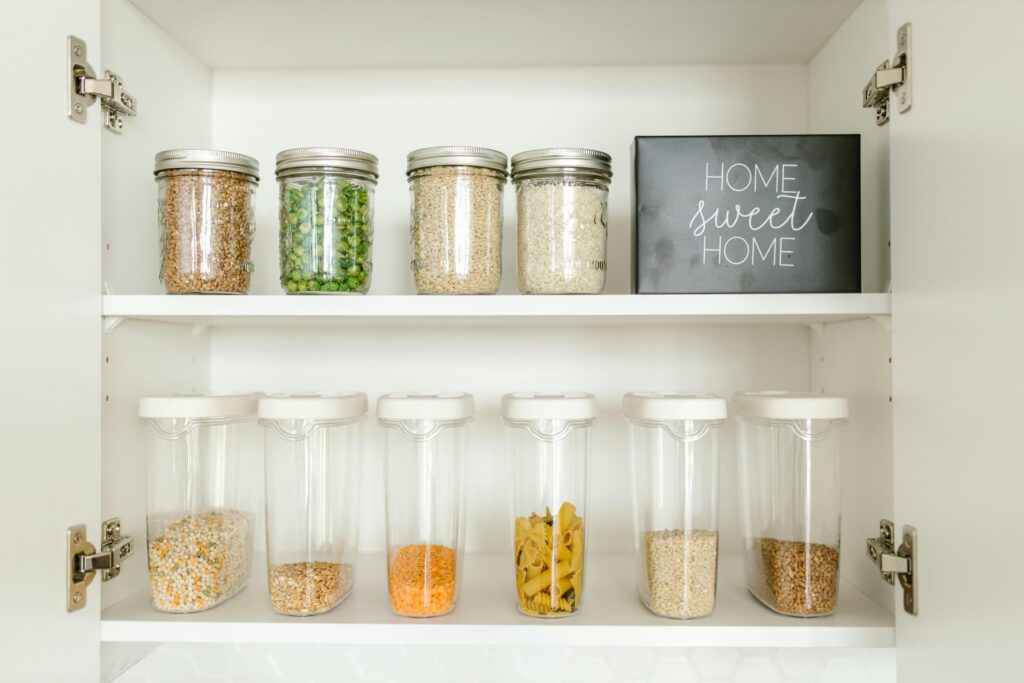
What is clean eating?
For years I thought I was eating healthy or “clean”. I’ve since learned it means something quite different. Following a clean eating diet can feel like a chore. You may already be wondering what it even means to eat healthy? Everyone has their own personal definition of what’s healthy and what is a splurge or not considered healthy. This is more guidance than anything and not to tell you what to do.
When thinking about healthy eating habits, I like to look back at how our ancestors ate. Focusing on food in its purest form without additives, chemicals or changes that it doesn’t resemble the same food anymore. A whole foods diet may not sound appealing, however done the right way it can be delicious and satisfying!
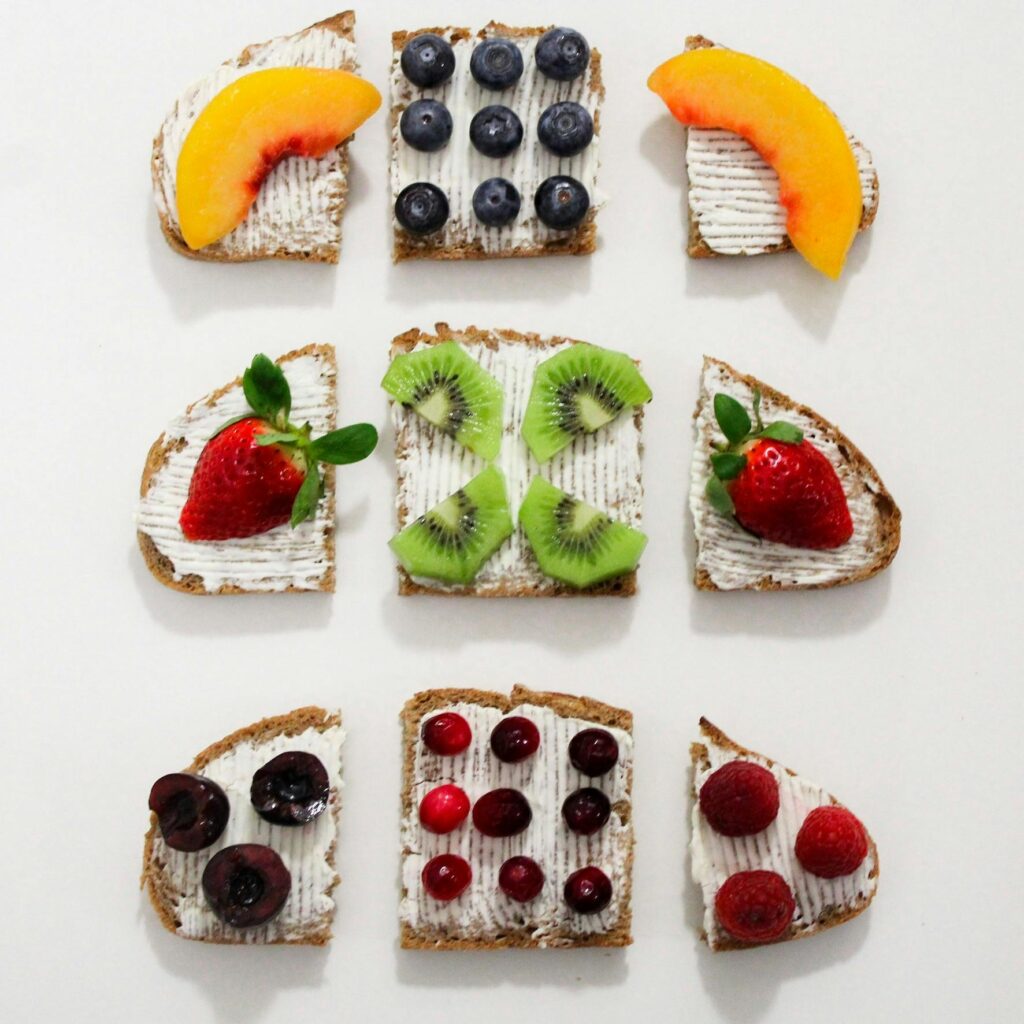
The Benefits of Clean Eating
The benefits to eating this way are numerous. It can lower weight, cholesterol, maintain healthy blood sugar levels, create clearer skin and build a strong, healthy digestive system to name a few. When I first started following a clean eating diet, I noticed changes within just a few weeks. The biggest surprise? My digestive issues became less severe. While everyone’s experience is different, these changes showed me how much food affects our daily life. All of these things add up to longevity and lots of energy! Who doesn’t want more energy and a longer, healthier life?
Setting Realistic Expectations
Transitioning over to a balanced diet can feel daunting. Especially if your pantry is filled with poptarts, lucky charms and lays potato chips. Trust me, I understand – these foods are delicious and hard to give up! However, don’t feel like it’s all or nothing. This is all about balance. Taking small steps can lead to big changes over time. One tip that helps make healthy food more affordable is buying what’s in season. This will save you money and the produce is better quality.
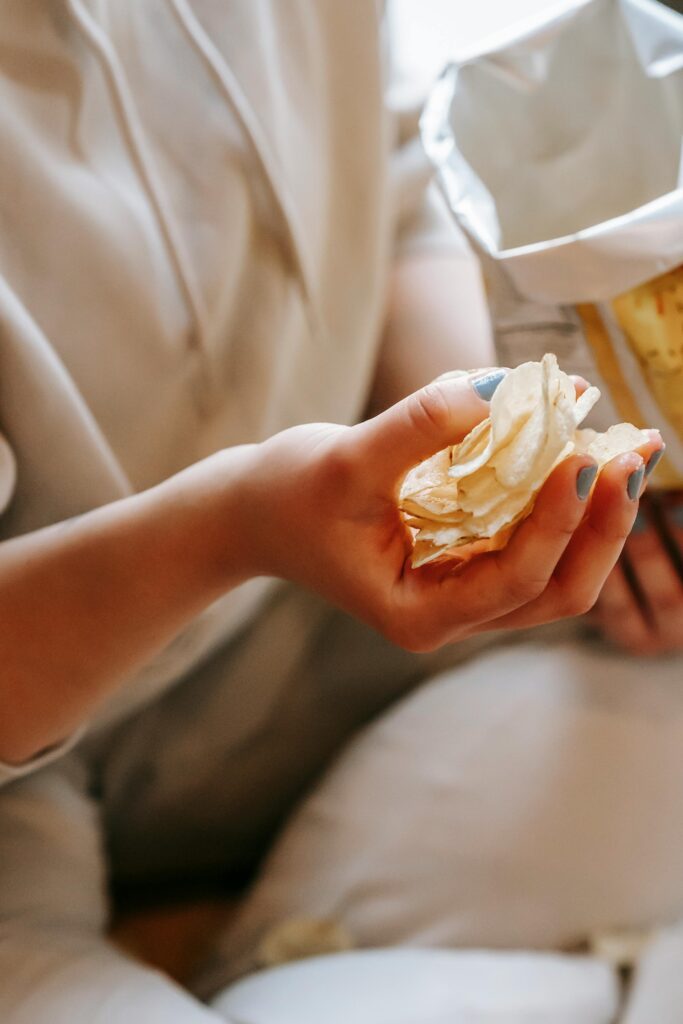
Choosing Unprocessed Foods
When focusing on clean eating I like to incorporate whole foods. I don’t mean the grocery store, although it’s a good option, just a bit pricey. Whole foods can be thought of foods without added ingredients. Like an apple or an orange, brown whole grain rice, cilantro, or raw unprocessed chicken to name a few. When you go to the store and look at the nutrition facts on these items it generally will only have one or two ingredients listed. Or if it’s produce, it’s just in its natural form. The more food you can consume this way the better off you will be.
Understanding Food Labels
Reading food labels can be confusing. If you break it down and know what to look for it becomes a whole lot simpler. What I like to look for is the sugar content and the ingredients listed at the bottom. When there are 20+ ingredients listed on a processed food most likely that food doesn’t have a lot of benefit and has added chemicals. When I see that many listed I usually don’t even read them and just put the item back. If you are concerned about protein, calories and sodium those can be good areas to look into as well to meet your macro and micro nutrient needs.
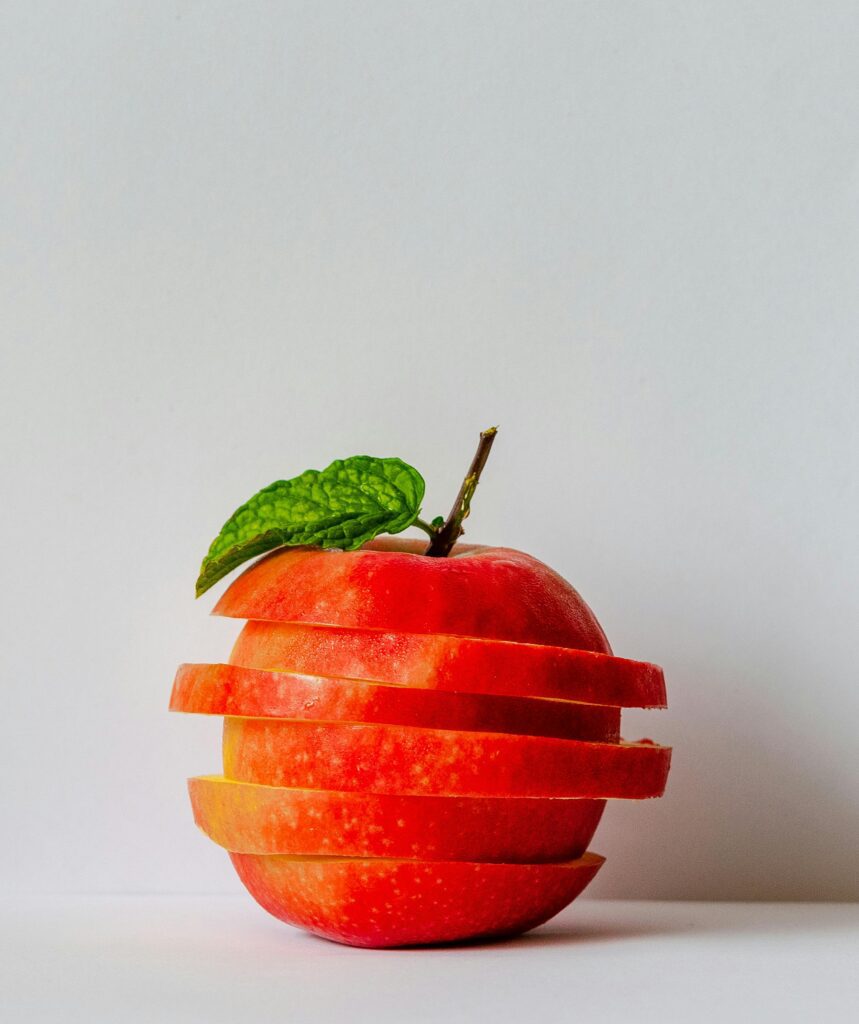
Why Food Quality Matters
In my opinion food quality matters. The quality of food and what is in it greatly matters. For example if you are looking for sour cream you may see 5 different options. The first thought might be which one is the cheapest or least calories. I’m all for saving money but the question is what is contained in that sour cream. One carton might list cultured cream where the other will list: cultured cream, modified corn starch, gelatin, sodium phosphate, guar gum, carageenan, sodium citrate, calcium sulfate and locust bean gum.
The contrast is striking. The second option is lower in calories but not better for you. It has a bunch of additives to thicken the cream because the calories were reduced. This matters more than you might think. I used to not think about it myself. These additives are hard for our bodies to digest and excrete, putting a strain on us. Eating these ingredients over time can lead to an imbalance digestive system, endocrine and hormone disruption (i.e. menopause, infertility), dementia, cancer and autoimmune disease. Our bodies do better with food in its purest form whether it’s from an animal, produce, grains etc.

Common Food Additives to Avoid
When reading food labels it’s hard to know what sodium phosphite is or carageenan. We hope if it’s FDA approved then it’s safe but that’s becoming less of the case anymore. Unfortunately we have to do our own homework. Below I have listed some common food additives to avoid.
Common food additives to avoid:
- Caramel Color
- Sodium phosphate
- Calcium Phosphates
- Sorbic acid
- Carageenan
- Guar Gum
- Potassium Sorbate
- Sodium Benzoate
- Sodium Nitrite
- Sodium Nitrate
- Butylated hydroxyanisole (BHA)
- Butylated hydroxytoluene (BHT)
- Sodium aluminum phosphate
- Monocalcium phosphate
- Disodium diphosphate
This is just a general list and can be hard to remember! What I like to use is the Yuka app on my phone. The app provides a rating for food and care products as well as the additives and reason for the rating. Super helpful and it’s free!
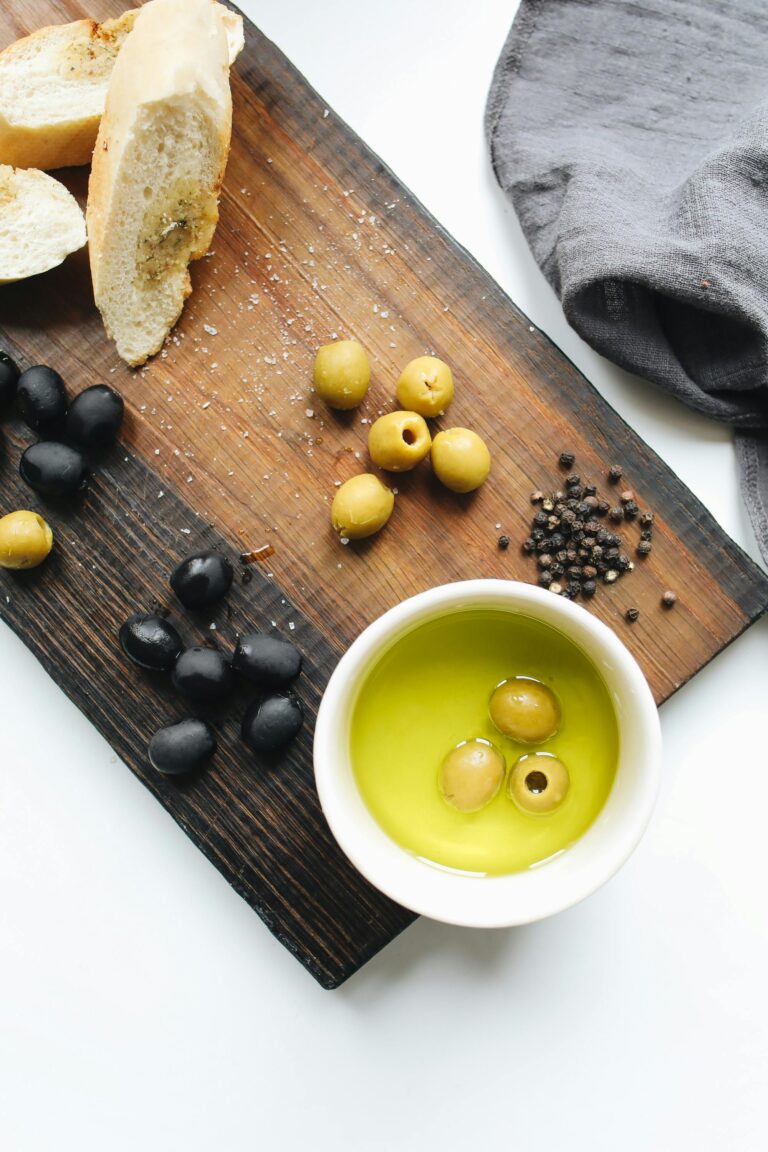
Building Your Whole Foods Shopping List
Essential Pantry Staples
Now that we know what to avoid, let’s focus on what to buy. I love to bake. I try to do it a few times per month. Eating lots of flour and sugar isn’t exactly ideal for a healthy diet. Everything in moderation right? There are some great alternatives for better flours and to cut back on sugar and to add more fiber and healthy fats. Regular white bleached flour is overly processed and sprayed with pesticide including glyphosate which has been linked to cancer. Some baking sodas have aluminum, aluminum is tied to mental deficits. I try to aim for the purest ingredients that still taste good. Here are some ideas on how to stock your pantry essentials for everyday cooking and baking.
- Organic unbleached flour
- Organic whole wheat flour
- Flax seed meal (this is great for Omega 3s and can be substituted for an egg)
- Honey (swap out for sugar)
- Maple syrup (swap out for sugar, it’s sweeter and you won’t need as much)
- Chia seeds (good for adding to oatmeal, pancakes, yogurt)
- Gluten Free 1:1 Flour (I like to use Pamela’s)
- Aluminum Free Baking soda (Rumfords)
- Free range organic chicken broth (Costco brand is my favorite)
- Coconut aminos (replace soy sauce)
- Apple sauce (may be used in some recipes in place of oil for baking)
- Organic pastas (durum wheat, quinoa, brown rice, lentil)
Healthy Fats for Your Pantry
- Olive Oil
- Avocado oil
- Coconut oil
- Grass fed butter
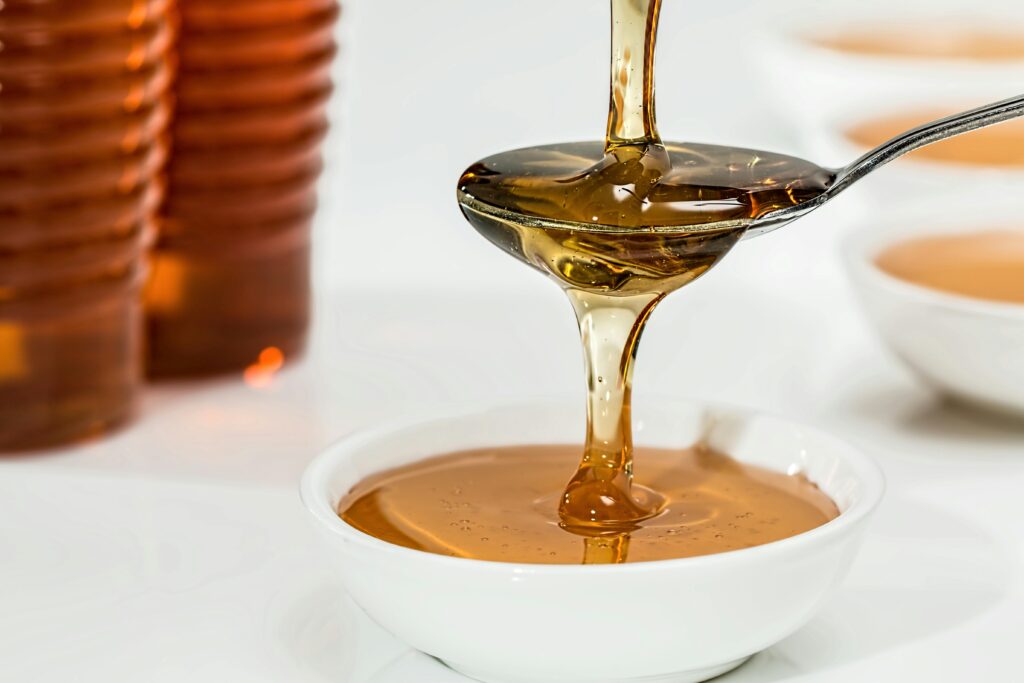
Fresh Produce Essentials for Clean Eating
It’s not a secret that fresh produce is essential for good health. Aiming to get 3-5 servings of vegetables and 2-4 servings of fruit is recommended. However if you can get 7-8 servings per day that is even better! When some vegetables and fruits are grown they are heavily contaminated with pesticides. The Environmental Working Group known as the EWG tests the produce each year and puts out a list of the best and worst for pesticide.
It’s best to buy the most contaminated items organic if you can afford it. If not I recommend focusing on fruits and vegetables that show up on what the EWG has labeled the clean 15. These foods are considered safe without pesticides. Another thing you can try is a vegetable/fruit wash. There have been studies showing that these washes can reduce a high amount of chemical on the produce. I like to use the brand Renovera. It’s a powder you can add to water, mix it and let the produce sit for a minute or two and then it’s ready!
When I bring groceries home I will get out the produce that needs to be washed and get it done that way I don’t have to worry about it later. If your vegetables and fruits have already been washed it makes it easy for snack time and to choose healthy options. I have included the most recent lists from the EWG for the dirty dozen (these are the highest crops with pesticide) and the clean 15 (this is the list of produce that are very low in chemical/pesticide).
The Dirty Dozen – Buy These Organic When Possible
- Strawberries
- Spinach
- Kale & Mustard Greens
- Grapes
- Peaches
- Pears
- Nectarines
- Apples
- Bell & Hot Peppers
- Cherries
- Blueberries
- Green Beans
The Clean Fifteen – Lower in Pesticides
- Carrots
- Sweet Potatoes
- Mangoes
- Mushrooms
- Watermelon
- Cabbage
- Kiwi
- Honeydew Melon
- Asparagus
- Sweet peas
- Papaya
- Onions
- Pineapple
- Sweet corn
- Avocados
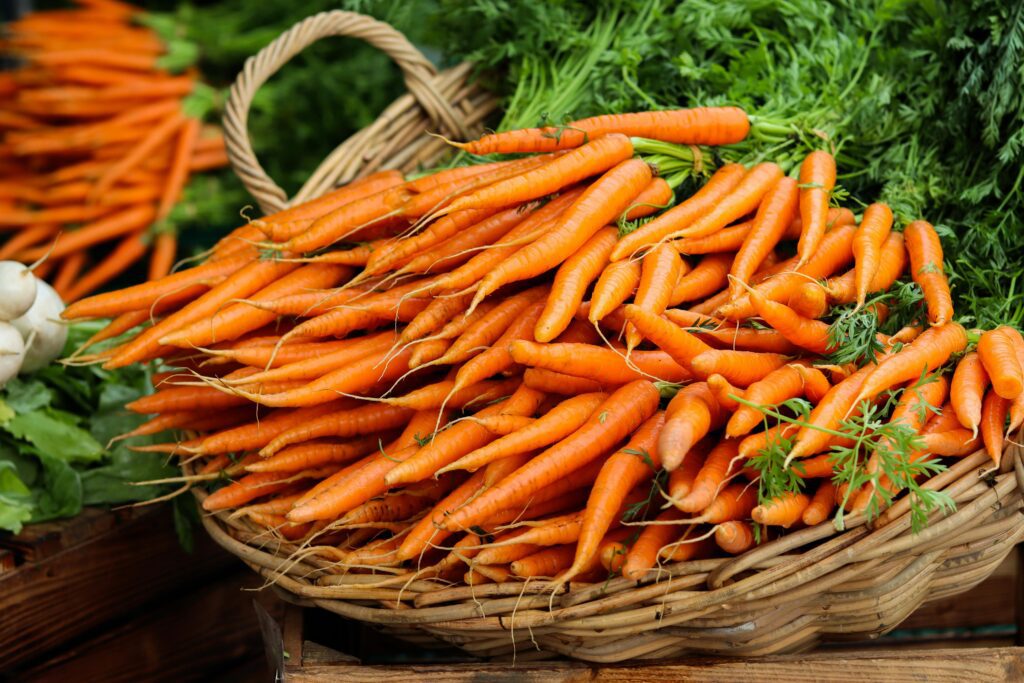
Choosing Quality Protein Sources
Finding high quality protein can be a struggle at the grocery store. Not only can it be hard to find but it’s usually expensive at some stores. I look for grass fed beef, if you can find it finished that’s even better. When cows have been grass fed it means they are fed grass instead of grains. This results in a leaner meat with less bad cholesterol. For chicken I try to get free range organic without antibiotics. This means the chickens have been free to roam and fed organic feed. If the package says without antibiotics this usually means the chickens haven’t all been given antibiotics just because, there has to be a reason.
This all matters because as the saying goes we are what we eat. If we are eating meat that comes from an animal that hasn’t been well taken care of, fed poorly and kept in a coral their whole life the meat is not quality. When we consume this type of meat our digestion, blood sugar, fat levels and cholesterol.
Dairy is similar to meat. It’s best if you can get organic. Greek yogurt is a high contender on the protein list and it’s great for the gut and digestion! Cheese can be another source of protein in moderation. If eaten in excess the fat content is a bit high.
Nuts are another great option for protein. This can look like walnuts, almonds, peanuts, pistachios, brazil nuts. Including these in your diet is a great way to get good fats. Another great source is collagen. This is in bone broth and comes in protein powder. The protein powder can be added to baked goods, pancakes and smoothies. My personal favorite is Vital Proteins Collagen Peptides. It comes in multiple flavors, I like the unflavored to add to smoothies.
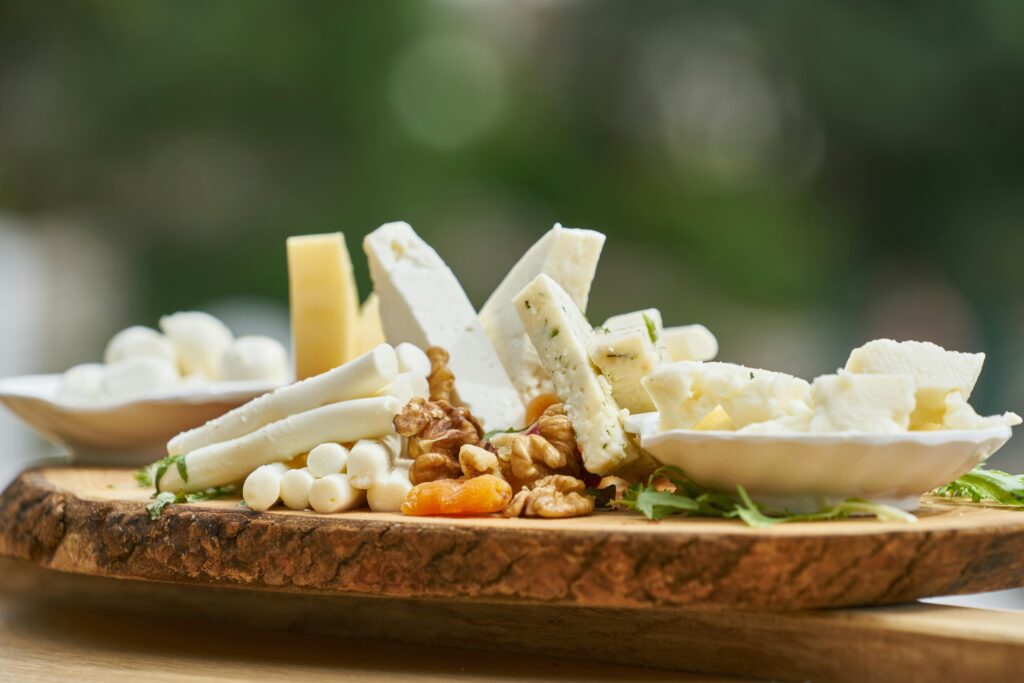
Smart Swaps for Processed Foods
Processed foods are everywhere. Sometimes we don’t realize just how processed something is until we start looking deeper into the nutrition facts and ingredients. Some of these foods like oreos and doritos taste so good! They were made to be delicious, that’s how they convince us to eat and buy more. On a general basis it’s best to avoid most processed foods. However, with how society is and our busy lives it seems almost impossible to avoid and I don’t believe in diet perfection.
There are lots of healthy options that taste good. Here are some tips that might help steer you in the right direction. As I had mentioned, look for foods that have minimal ingredients. Avoid added chemicals and ingredients which are difficult to pronounce. Avoid foods that have canola oil and added sugar. Anything that has corn syrup is not a great idea. Eating plain sugar is better for you. Look for foods that have healthy oils, better flours and starches, and healthy protein. I could dive into this a lot further but for now this gives a general idea of what to look for.

4-Week Clean Eating Starter Guide
Your Clean Eating Starter Guide:
Week 1: First Steps to Clean Eating
- Clean out expired items from your pantry
- Download the Yuka app
- Replace one processed snack with a whole food alternative
- Try one new seasonal vegetable
Week 2: Building Better Habits
- Swap regular flour for unbleached or whole grain
- Start reading labels on your regular purchases
- Plan two simple healthy meals around Clean Fifteen vegetables
Week 3: Creating Sustainable Routines
- Set up a basic meal prep routine
- Explore local farmers markets or farm stands
- Try one new healthy breakfast option
Week 4: Making It a Lifestyle
- Learn one new healthy recipe
- Set up your pantry with pantry staples
- Create a seasonal shopping list
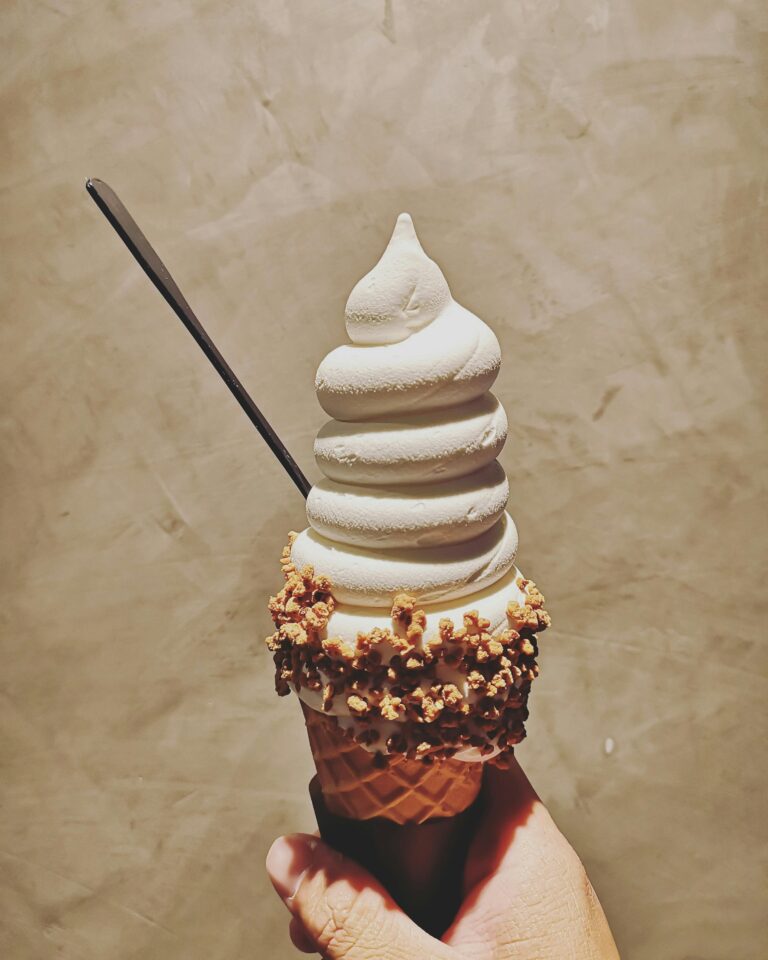
Making Clean Eating Sustainable for Life
Remember how I mentioned my own journey with clean eating? That experience taught me that slow and steady wins the race. Building healthy eating habits doesn’t have to happen overnight. Taking small steps towards making better food choices will get you there.
Let me share a perfect example: I used to be an everyday ice cream eater. Without fail, it was always on my shopping list. Instead of trying to quit cold turkey, I made a simple change – I stopped buying it at the grocery store and turned it into a special treat that I’d enjoy when going out. This small shift not only helped me break the daily habit but also made ice cream feel more special. Now when I do have it, I really savor the experience.
This is just one example of how small swaps can lead to lasting changes. When you make your next grocery run, try changing out just one or two items for healthier alternatives. Over time, your fridge and pantry food will naturally transform into a fully stocked healthy kitchen. Remember – perfection is not the goal. It’s about following a whole foods diet most of the time while still enjoying those occasional splurges. This is what makes the lifestyle sustainable and creates a balanced, happy life!
What pantry swaps are you making this year? Let me know in the comments!